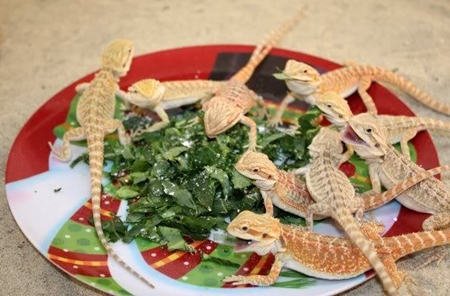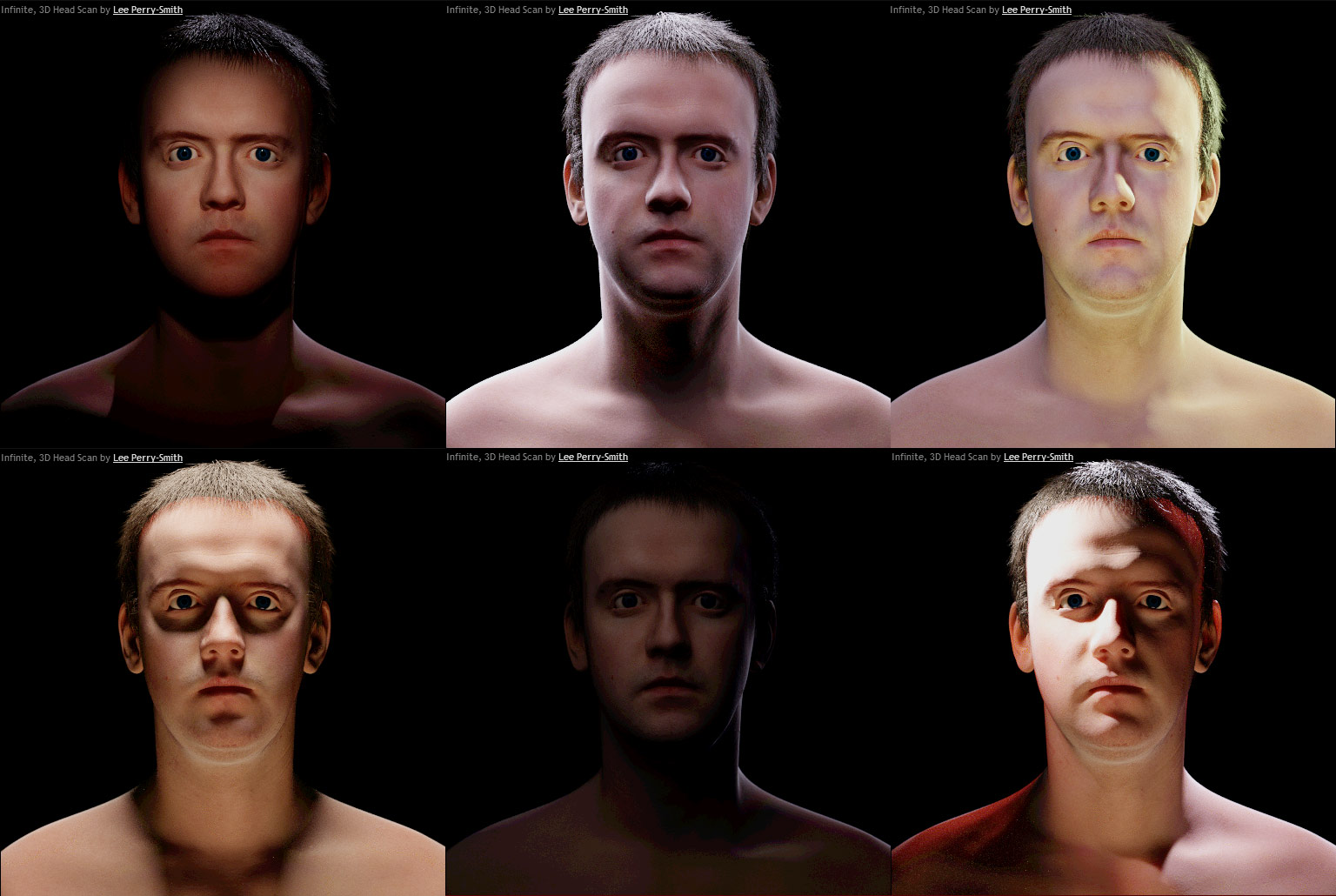10 Effective Ways to Encourage Your Bearded Dragon to Eat: What to Do If Your Bearded Dragon is Not Eating
What to Do If Your Bearded Dragon is Not Eating?

Bearded dragons, like any living creature, require food to maintain a healthy and active lifestyle. Feeding bearded dragons is easy, but it can be stressful when they stop eating. Owners can easily panic when they find their bearded dragon not eating. However, before you worry, let’s look at some of the common reasons why your bearded dragon might not be eating.
Reasons Your Bearded Dragon is Not Eating
1. Inadequate Temperature Regulation

Bearded dragons are cold-blooded animals, which means they regulate their temperature by basking in the sun. If the temperature in their enclosure is not regulated correctly, it can have a harmful impact on their health, causing them to stop eating. Bearded dragons require a gradient temperature between 80 and 100°F with a basking area of around 105-110°F to stay healthy.
2. Improper Lighting

Bearded dragons require both natural sunlight and artificial lighting to stay healthy. Ultraviolet (UV) lighting provides bearded dragons with vitamin D3, which is essential for absorbing calcium. Without proper light, bearded dragons can develop metabolic bone disease, causing a lack of appetite.
3. Incorrect Diet

Feeding bearded dragons the wrong diet can lead to obesity and other health problems. Provide bearded dragons with a healthy mix of insects, vegetables, and fruits. Avoid feeding them only insects, as this can lead to obesity and vitamin deficiencies, which can make them stop eating.
4. Stress

Stress affects every living creature, including bearded dragons. If your bearded dragon is stressed, it may lead to appetite loss. Moving to a new habitat, over-handling, or not providing the necessary hiding spots can cause stress for bearded dragons. It is crucial to provide them with a secure and comfortable environment to reduce stress.
10 Effective Ways to Encourage Your Bearded Dragon to Eat
1. Temperature Regulation
Monitor the temperature in your bearded dragon’s enclosure regularly. The ideal temperature range should be between 80 and 100°F, with a basking area of 105-110°F. Adjust the temperature accordingly to encourage your bearded dragon to start eating again. Proper temperature regulation can stimulate appetite.
2. Lighting

Proper lighting is essential for the health of your bearded dragon. Ensure that your bearded dragon’s habitat receives a proper UVB light for at least 12 hours and keep the lighting schedule consistent. Providing your bearded dragon with the necessary light can help stimulate their appetite.
3. Adjust Feeding Schedule

Changing the feeding schedule may help encourage your bearded dragon to eat. Instead of feeding your pet once a day, try feeding smaller portions at specific times throughout the day. Along with the right diet, this might help entice your bearded dragon to try something new.
4. Bathing
.jpg)
Giving your bearded dragon a warm bath can help stimulate its appetite. The warm water relaxes their digestive system and encourages bowel movements. Bearded dragons love water, and a bath can reduce stress and encourage eating.
5. Hand-Feeding

Bearded dragons love human interaction, and hand-feeding them can help stimulate their appetite. Offering bite-size portions of food can encourage your pet to eat and help establish a bond between you and your bearded dragon.
6. Try Different Foods
Offering an array of food can help make mealtime more enticing. Try to add different vegetables and fruits such as carrots, squash, and apples. Also, add different insects, such as crickets, mealworms or earthworms, ensuring your bearded dragon has a balanced diet.
7. Food Presentation

Presentation matters when it comes to bearded dragons. Cut fruits and veggies into bite-size pieces or try different arrangements. You can also add a water bowl with decorative rocks to encourage drinking and make the habitat more appealing.
8. Reduce Stress

Bearded dragons need a comfortable and secure habitat to reduce stress. Adding hiding spots, decreasing noise, and placing the enclosure in a less active area can help reduce stress. Reducing stress can help encourage the bearded dragon to eat.
9. Check for Illness

Make sure to monitor any sudden changes of appetite. It is possible that your bearded dragon is sick, and a vet may need to check it. Illnesses that may affect why a bearded dragon stops eating include impaction, respiratory infections, liver disease, and parasites.
10. Be Patient

You should be patient while trying to encourage your bearded dragon to eat. Some bearded dragons are picky eaters, and it may take several attempts to entice them to eat. The above techniques might take some time to show results, but you will eventually get there.
Conclusion
Maintaining a healthy lifestyle includes a proper feeding routine. However, when your bearded dragon refuses to eat, don’t panic. First, try to identify the possible reasons why it is not eating. You can use the techniques shared in this article to encourage your pet to eat healthily. Always ensure that you provide a balanced diet, proper temperature regulation, and good lighting to keep your bearded dragon healthy and happy.
